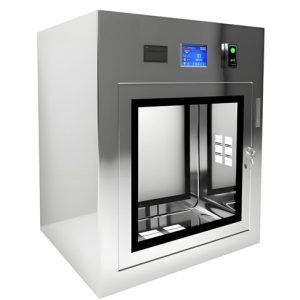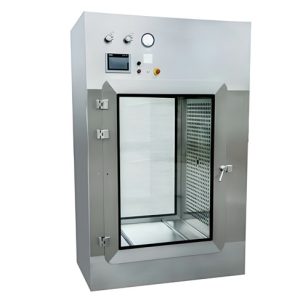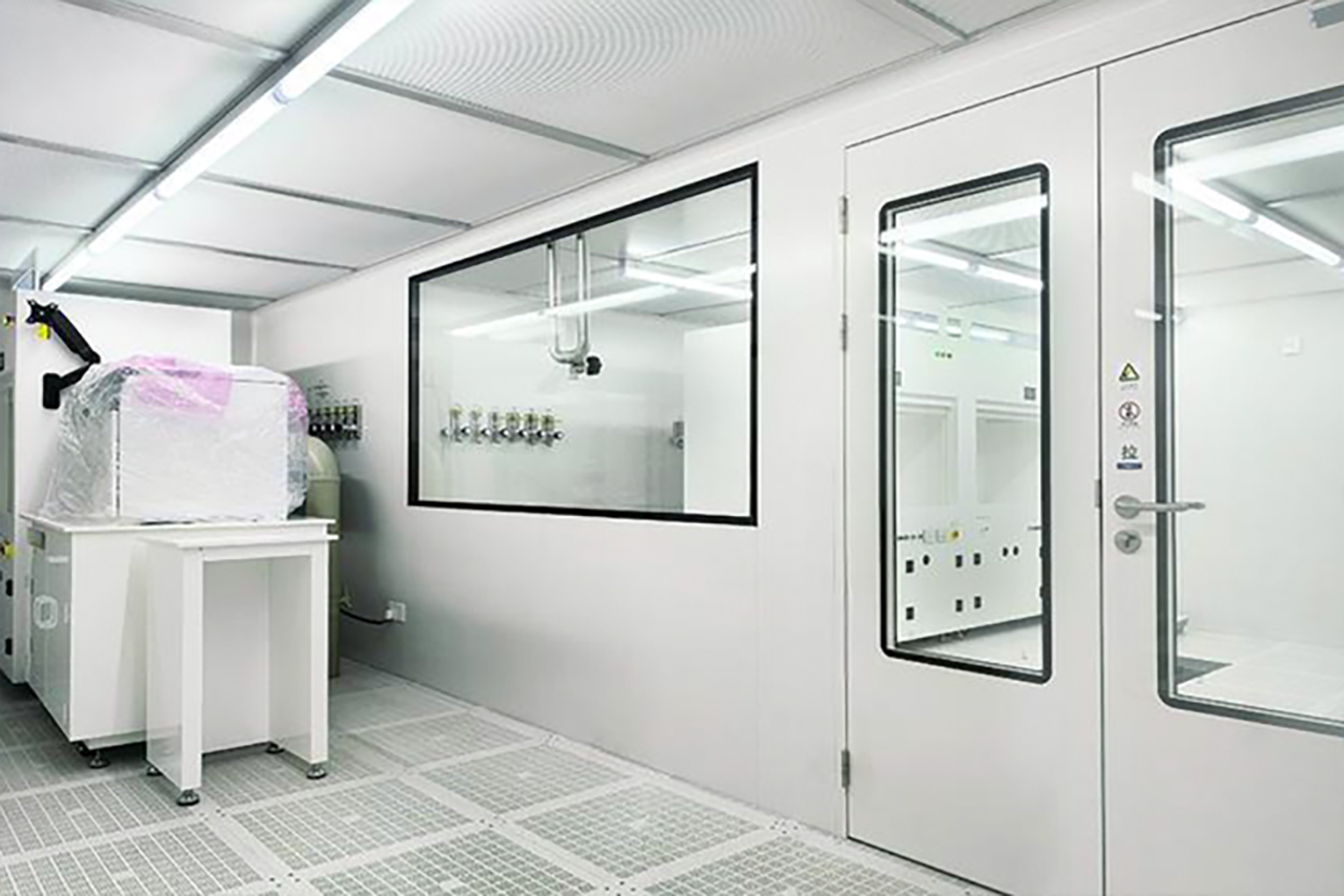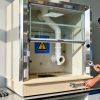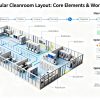Account
-
Safe payment options
We only work with the most secure payment systems.
-
Product return within 30 days
We do our very best to keep our customers happy.
No products in the cart.
You dont have any products in your cart yet, add a few products to experience this experience.
Add $500.00 to cart and get free shipping!
To see and take advantage of all discounted products.
Click Here4 Key Points to Consider When Buying Modular Aerospace Cleanrooms
Modular aerospace cleanrooms provide fast, flexible, and compliant environments for spacecraft and large-component assembly. For procurement and project decision-makers, selecting the right system requires a focused technical checklist covering standards, performance, materials, cost, installation, and validation. This article—authored with input from Deiiang™ product designer Deiiang Jason.peng—presents 10 technical buying points to help you specify and evaluate a modular aerospace cleanroom.
Table of Contents
Toggle1. Standards and Regulatory Compliance — ISO 14644 and Aerospace Guidance
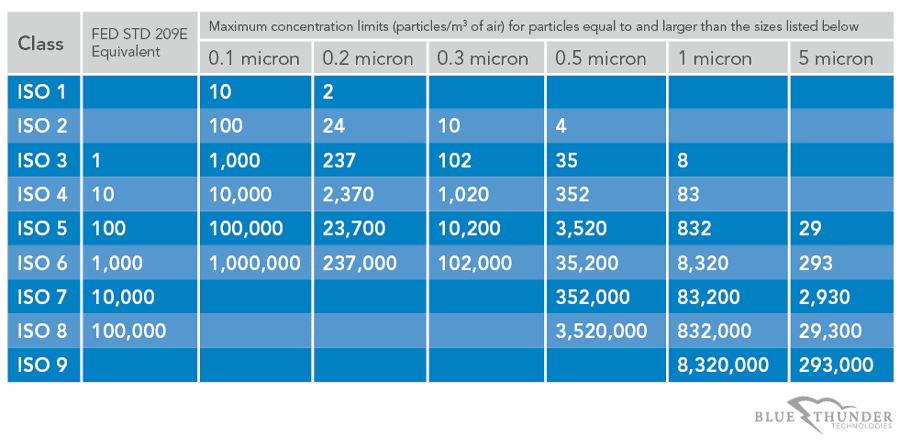
ISO 14644
- Ensure the cleanroom design, construction, and validation follow ISO 14644-1 through -4 (air cleanliness, testing methods, monitoring, and classification) and ISO 14698 for biocontamination when applicable. For aerospace-specific requirements, reference AS9100 quality systems and NASA/ESA contamination control guidelines.
- Procurement note: require documentation demonstrating compliance (test reports, calibration certificates, traceable particle count logs). Deiiang™ recommends including ISO 14644 classification limits in the contract.
- Example: Specify ISO 5 at rest and ISO 7 in work mode for optical assembly. Require particle count test results per ISO 14644-1 (sample size and probe locations) at handover.
2. Key Performance Features and Advantages
- Quick assembly & flexibility: Prefab panels and bolted frames reduce on-site build time by weeks; modular aerospace cleanroom systems support reconfiguration and relocation.
- High-ceiling capability: Systems supporting 22–30 ft clear heights enable vertical assembly of large structures.
- Vibration and shock control: Specify structural damping, isolated mounts, and equipment anchoring limits (e.g., modal frequency >30 Hz, RMS vibration <0.5 g where required).
- ESD management: Conductive flooring, bonded grounding, controlled humidity (40–60%), ionizers for neutralization.
- Contamination control to particulate and molecular levels: HEPA/ULPA filtration, VOC monitoring, and low-outgassing materials.
- Lifting and fixturing integration: Dedicated crane rails, rated lifting points, and ceiling rigging plans.
Procurement annotation: request vendor test data for vibration attenuation, ESD resistance, and outgassing (TML/CMRR per ASTM E595). Deiiang Jason.peng advises including a factory acceptance test (FAT) checklist.
3. Performance Parameters and Calculation Examples
- ACH and airflow: Define required air changes per hour (ACH). Example: For ISO 5 workstations, design target 300–600 ACH for localized unidirectional flow; for ISO 7 production halls, 30–60 ACH may suffice.
- Particle limits: Use ISO 14644-1 table of maximum allowable particles. Example: ISO 5 allows 3,520 particles ≥0.5 µm/m3.
- Pressure zoning and differential: Typical pressure cascade: ISO 5 at +15–30 Pa over adjacent ISO 6/7; maintain minimum 10 Pa differential for critical zones.
- Temperature & RH control: Specify stability and setpoints, e.g., 20 ±1°C and 45% ±5% RH for sensitive optical adhesives; energy budget calculation: Qlatent = ρ·V·Cp·ΔT used in HVAC sizing.
- Airflow layout: Choose between full ceiling laminar flow versus local laminar hoods. Use CFD to verify airflow and particle trajectories—require vendor-provided CFD validation files.
| Parameter | Target | Rationale |
|---|---|---|
| ACH | 300 (ISO 5 workstation) | Maintain particle removal |
| Pressure diff | +20 Pa | Prevent infiltration |
| Temp stability | ±1°C | Process sensitivity |
Deiiang™ note: include these numeric targets in the RFP to avoid ambiguity.
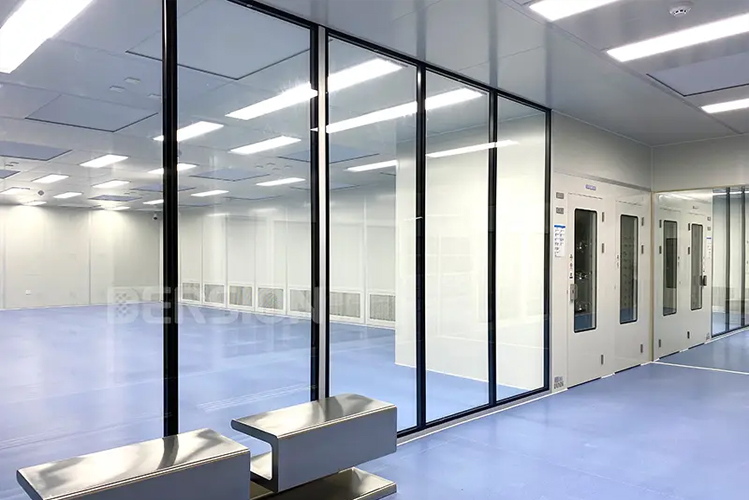
modular cleanroom windows
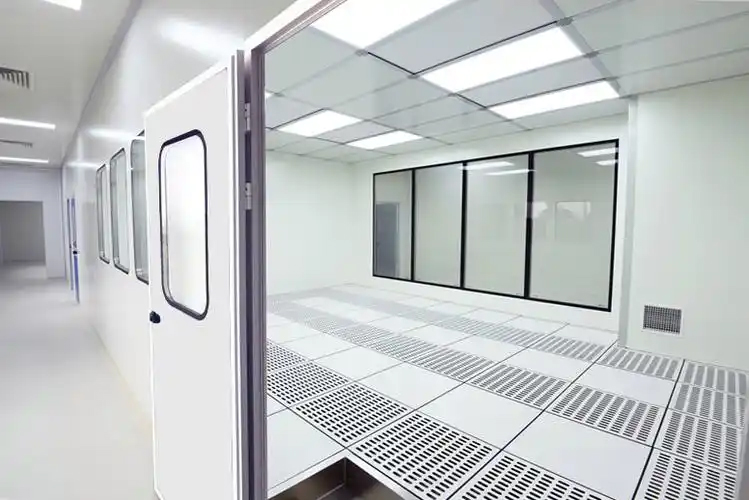
modular cleanroom floor

modular cleanroom celling
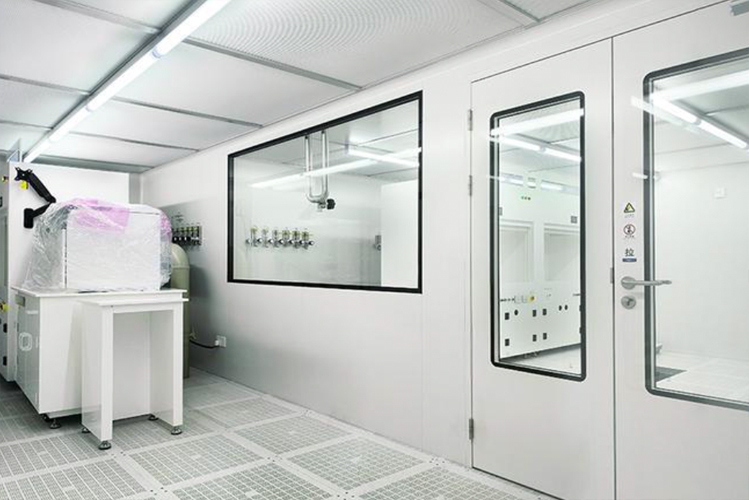
modular cleanroom door
Example of a modular aerospace cleanroom with high-ceiling and integrated lifting systems
4. Materials and Structural Systems
- Wall and panel systems: Aluminum honeycomb or composite sandwich panels with sealed joints; specify coefficient of thermal expansion (CTE) and surface finish to limit particle shedding.
- Joints & seals: Use continuous EPDM or silicone gaskets rated for cleanroom cleaning agents; require leak test acceptance criteria (e.g., no visible dust ingress under smoke test).
- Floor systems: Conductive epoxy or copper-stripped vinyl with surface resistivity 1×10^5–1×10^8 Ω/sq for ESD control.
- Doors, windows, and pass-throughs: Hermetic gasketed doors, vision panels with laminated glass, and transfer hatches with interlocks; specify door airlock cycle times and interlock logic.
- Lifting & rail systems: Structural steel rails with rated capacity and redundancy; specify proof load test at 125% of rated capacity.
- Lighting and fixtures: High-CRI, flicker-free LED panels with low thermal output; fixtures sealed to IP54 or better.
- Filtration and air handling: HEPA (H13/H14) or ULPA filters where needed; specify final filter efficiency and initial pressure drop. Deiiang™ recommends material certificates and surface contamination (TML <1%) reports.
FAQs (Common Questions)
1) What ISO class is typical for satellite assembly?
Many satellite AIT areas use ISO 7 for general zones and ISO 5–6 for optical/encapsulation tasks.
2) How high can modular cleanrooms go?
Commercial modular systems support 22–30 ft; verify structural design and transport constraints.
3) How to control outgassing from materials?
Specify low-outgassing materials, require ASTM E595 test reports (TML, CVCM).
Conclusion
Selecting a modular aerospace cleanroom requires marrying standards compliance (ISO 14644, AS9100, NASA/ESA guidance) with quantified performance targets—ACH, pressure differentials, vibration limits, and ESD controls—plus robust materials, transport/installation planning, validation, and lifecycle cost analysis. Embedding specific numeric targets and testable acceptance criteria in your RFP (as recommended by Deiiang™ and Deiiang Jason.peng) reduces ambiguity, shortens procurement cycles, and de-risks delivery.
References
- ISO 14644-1:2015 Cleanrooms and associated controlled environments — Classification of air cleanliness.
- ISO 14644-2:2015 — Testing and monitoring to prove continued compliance.
- AS9100 Rev D — Quality management systems — Requirements for aviation, space and defense organizations.
- NASA-STD-8739.8 — Control of particulate contamination.
If you’d like, Deiiang™ can convert these 10 points into an RFP checklist, IQ/OQ/PQ templates, or into a downloadable bid-specification document.




